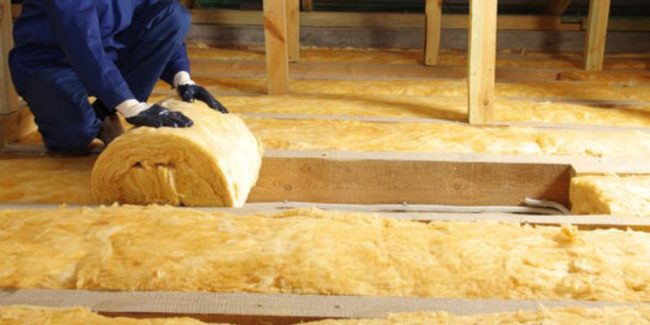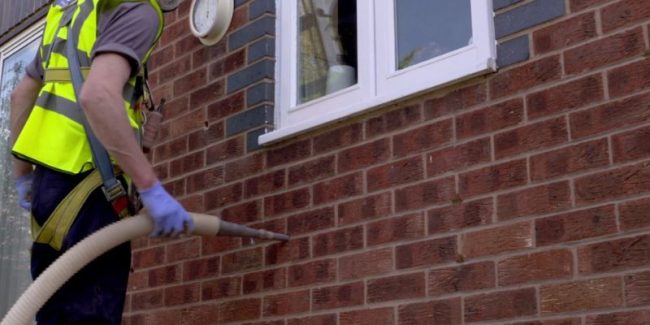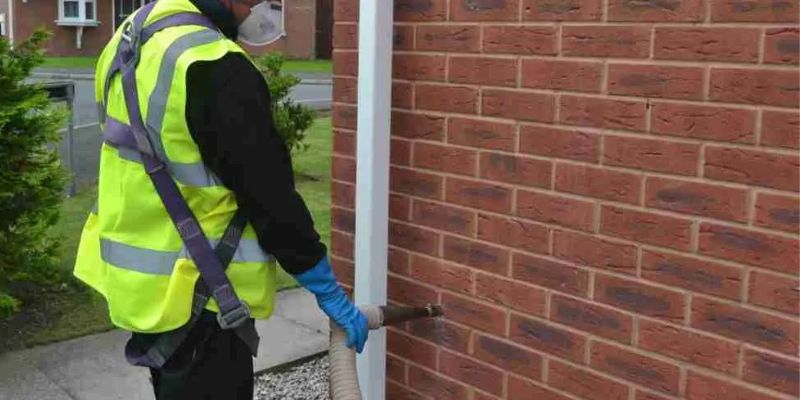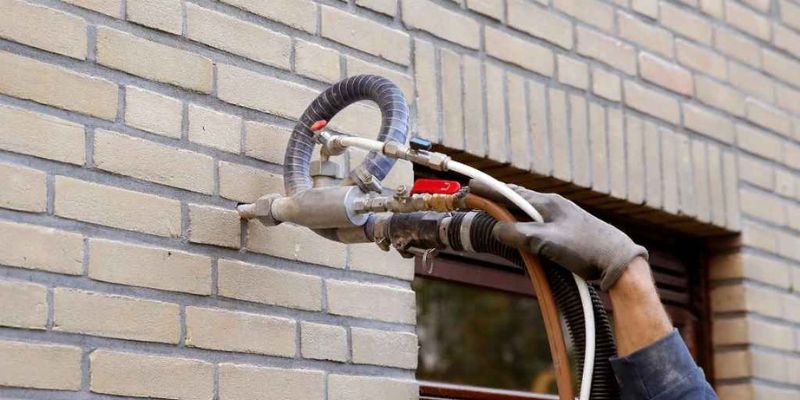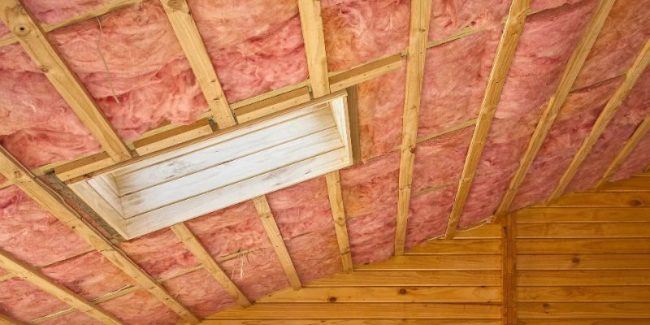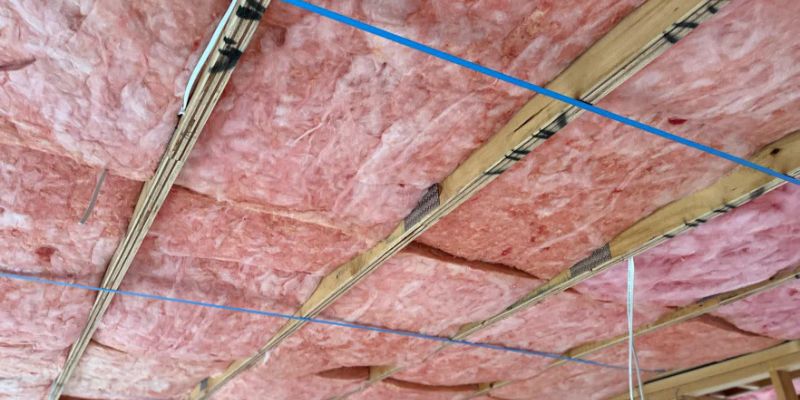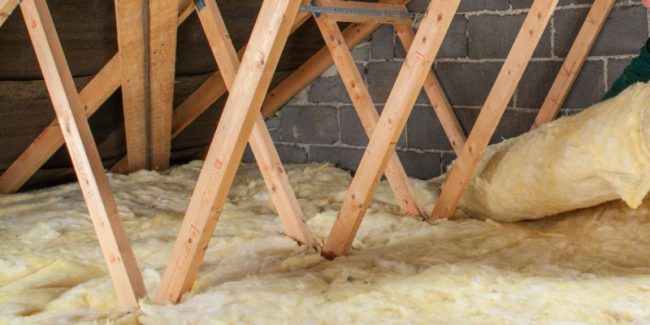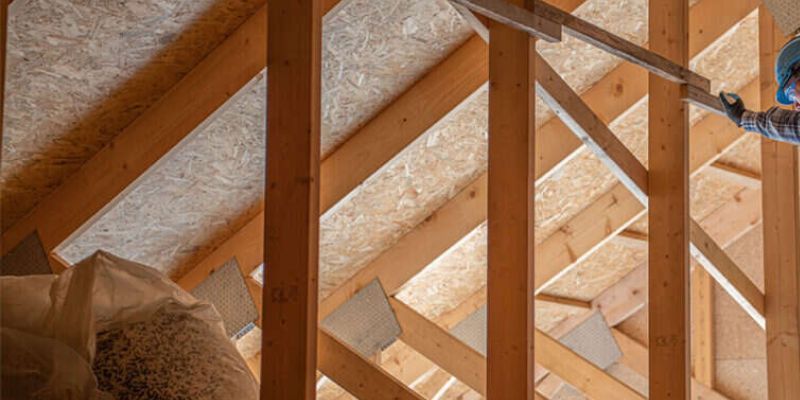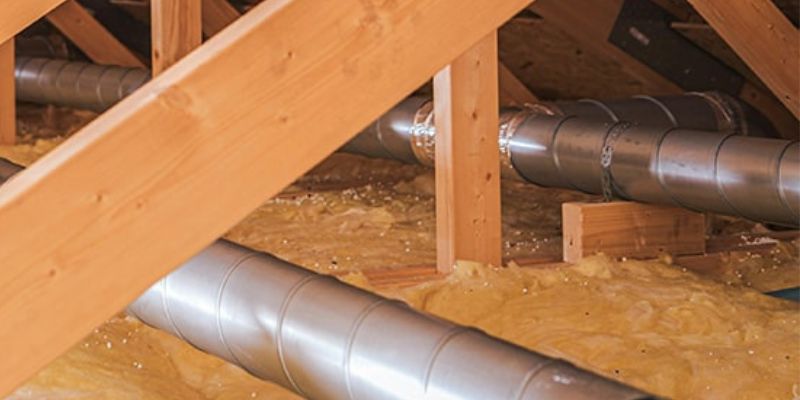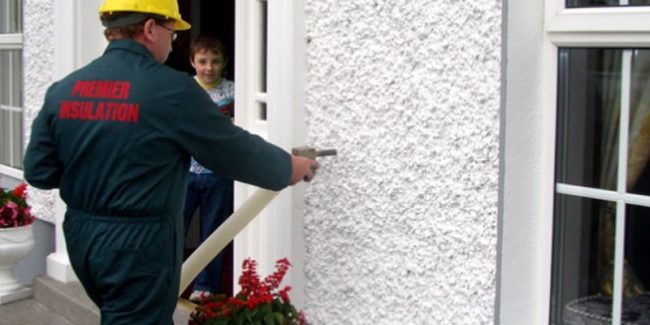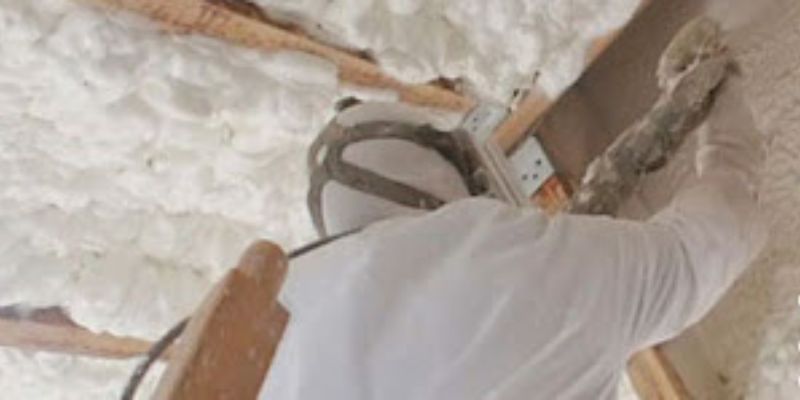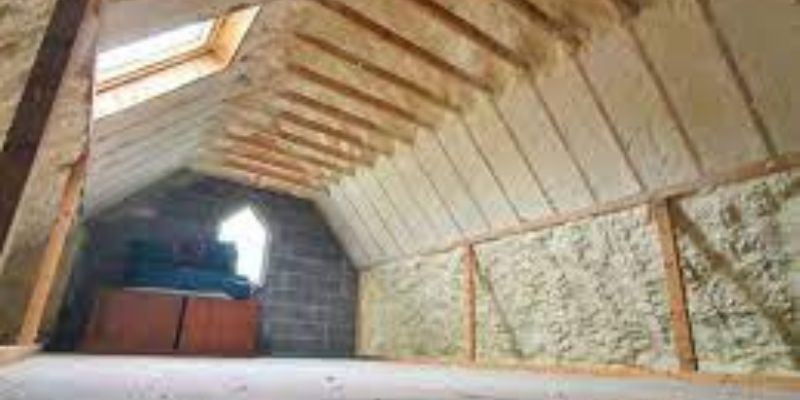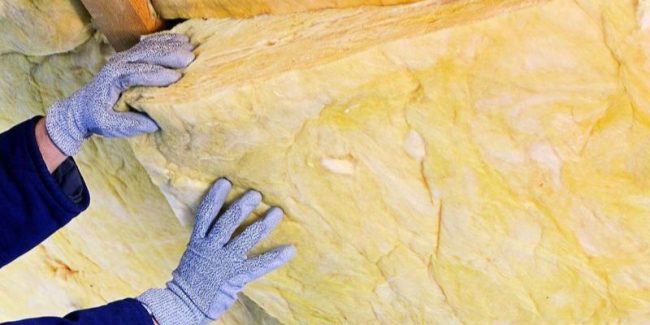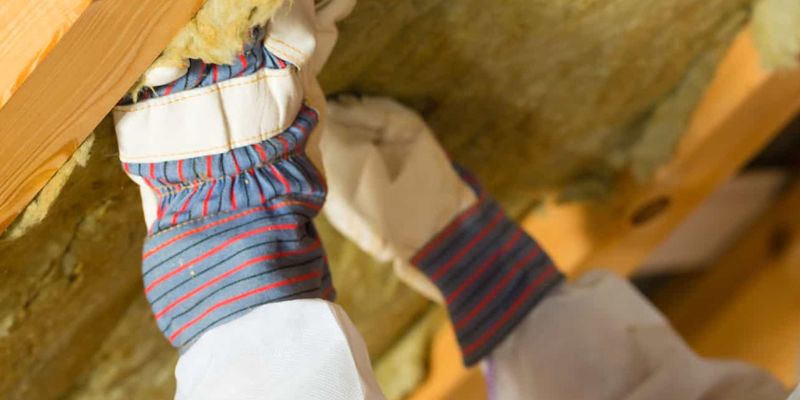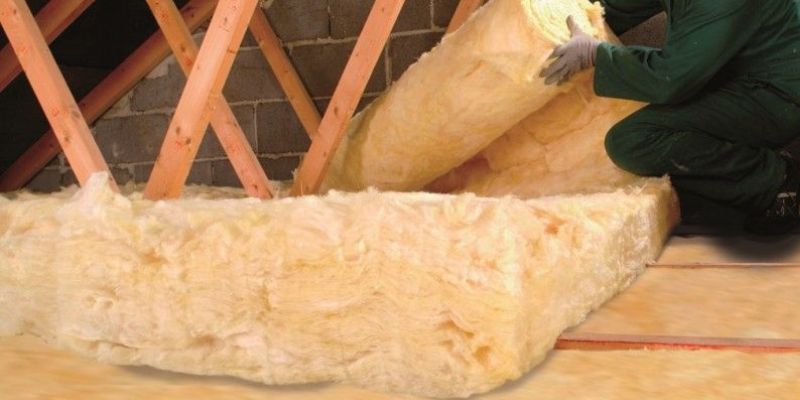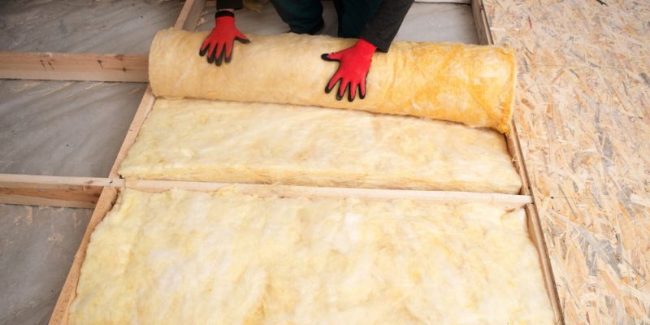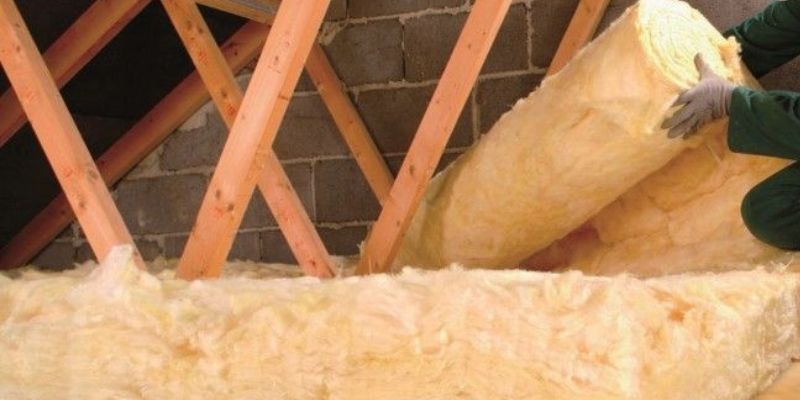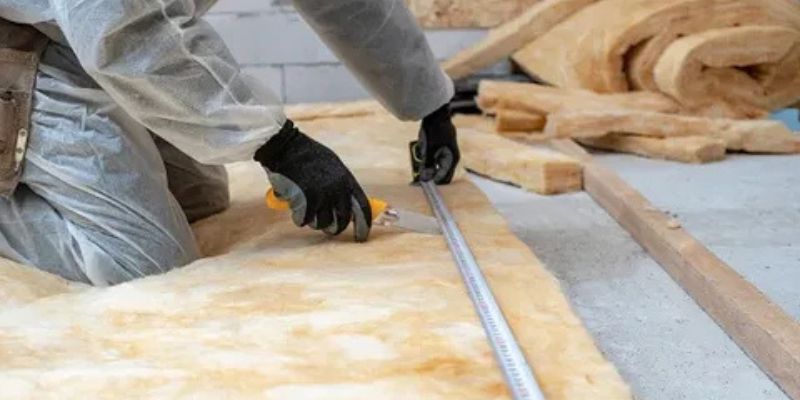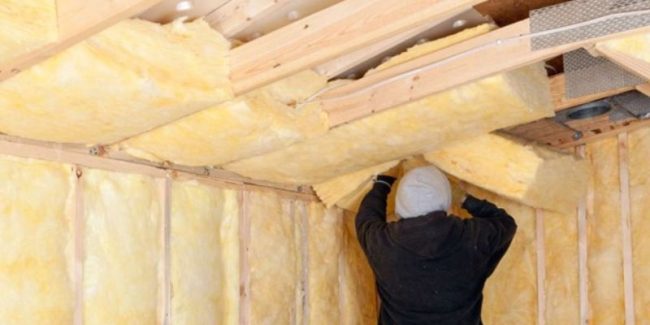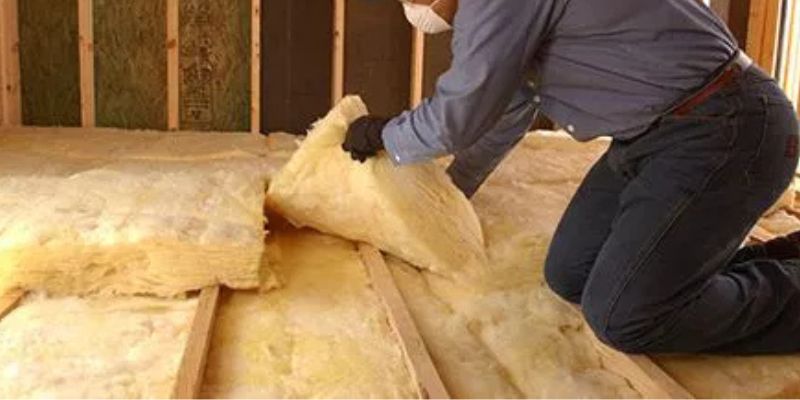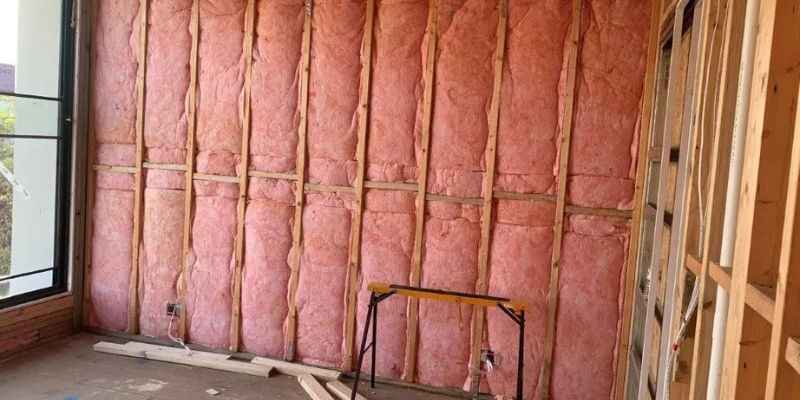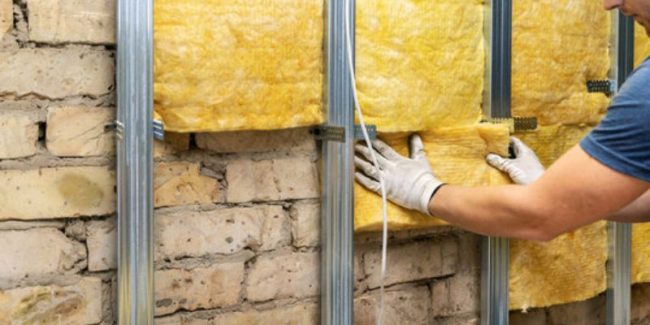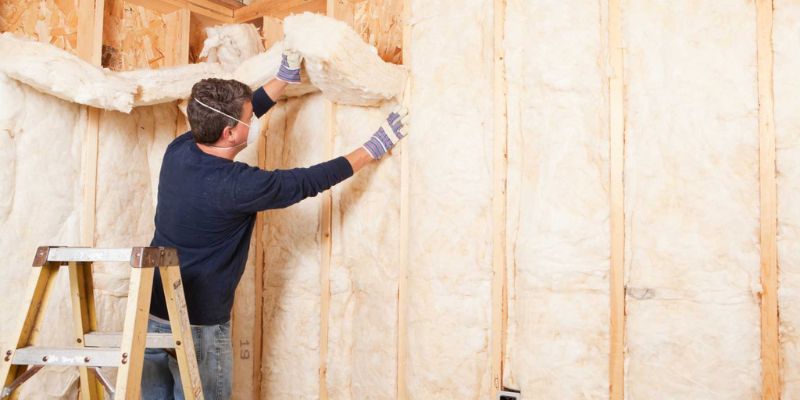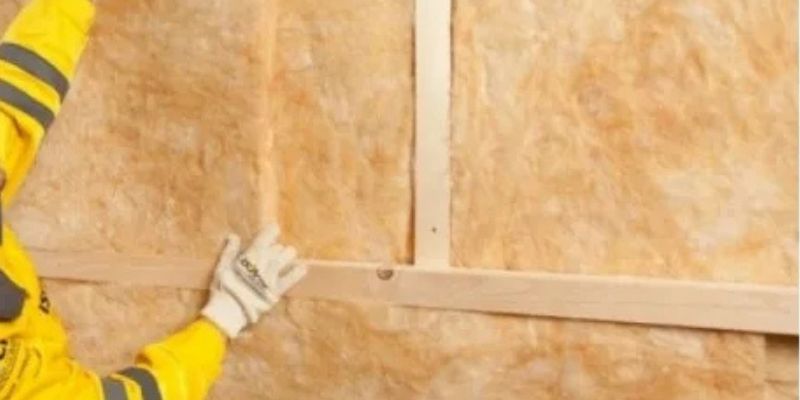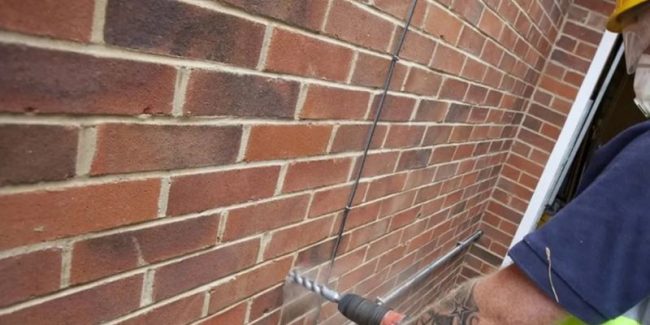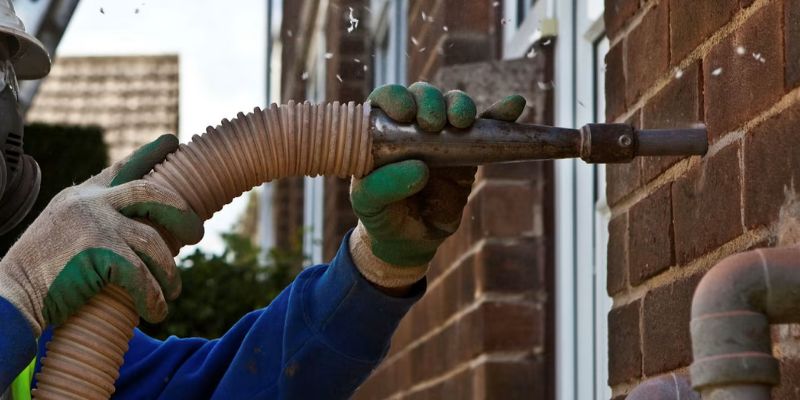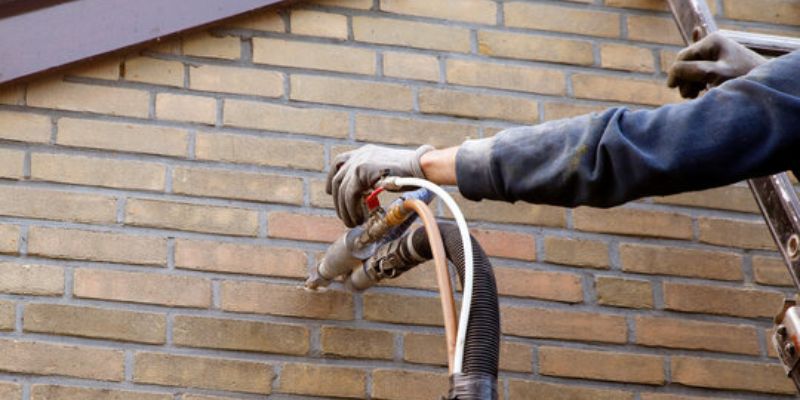When the cold Irish winds start to blow and the rain comes down, keeping your home warm becomes a top priority. Unfortunately, many homes in Ireland lose heat through their walls. This means your heating system has to work harder, which costs you more money. The good news is that wall insulation can solve this problem. It helps you stay warm, use less energy, and save money on your heating bills.
In this article, we will explain what wall insulation is, how it works, why it’s important in Ireland, and how it can benefit your home.
What is Wall Insulation?
Wall insulation is a layer of material added inside or outside your walls to stop heat from escaping. In winter, it keeps warm air inside, and in summer, it keeps the heat out. Think of it as a warm coat for your house – it protects you from the cold and makes your home more comfortable all year round.
There are two main types of wall insulation used in Ireland:
-
Cavity Wall Insulation – Most modern houses in Ireland have cavity walls, which means there is a small gap between the outer and inner walls. This gap can be filled with insulation materials such as foam or mineral wool to stop heat from escaping.
-
Solid Wall Insulation – Older houses may have solid walls with no gap. In this case, insulation can be added either inside the walls (internal wall insulation) or on the outside of the building (external wall insulation).
Why is Wall Insulation Important in Ireland?

Ireland’s climate is mild but damp, with cold winters and frequent rain. Without proper insulation, heat escapes quickly through the walls, making it hard to keep your home warm.
Here’s why wall insulation is especially important in Ireland:
-
High Energy Costs – Heating bills in Ireland can be expensive. Without insulation, you are paying to heat the air that escapes through your walls.
-
Comfort – Insulated walls keep the temperature inside steady, reducing cold spots and draughts.
-
Damp Prevention – Proper insulation helps prevent condensation and dampness, which can damage walls and cause health problems.
-
Environmental Benefits – Using less energy means you are helping to reduce carbon emissions, which is good for the planet.
Benefits of Wall Insulation
-
Lower Heating Bills
Wall insulation reduces heat loss, meaning you need less energy to keep your home warm. Many Irish homeowners save up to 30% on their heating costs after installing insulation. -
Better Comfort All Year Round
No more sitting in one warm room while the rest of the house feels cold. Insulation keeps the heat evenly distributed throughout your home. -
Less Noise from Outside
Insulated walls also reduce outside noise, making your home quieter and more peaceful. -
Increase in Property Value
A well-insulated home is more attractive to buyers and can have a better BER (Building Energy Rating) score. -
Better for the Environment
Using less energy means you’re helping to protect the environment and reduce your carbon footprint.
How Wall Insulation Works
Wall insulation works by slowing down the movement of heat. In winter, it stops warm air from escaping through the walls, and in summer, it prevents hot air from getting in. The materials used, such as mineral wool or foam, trap small pockets of air that act as a barrier to heat transfer.
This means your heating system doesn’t have to work as hard, saving you energy and money.
Government Grants for Wall Insulation in Ireland
The Sustainable Energy Authority of Ireland (SEAI) offers grants to help homeowners pay for wall insulation. These grants are part of Ireland’s plan to improve energy efficiency and reduce carbon emissions.
For example:
-
Cavity wall insulation grants can cover part of the cost for homeowners.
-
Internal or external wall insulation for solid walls may have higher grant amounts because the work is more expensive.
To apply for these grants, you need to use an SEAI-approved contractor and follow their guidelines. This makes wall insulation more affordable for many Irish households.
How to Get Wall Insulation Installed
-
Check Your Walls – A professional can inspect your walls and tell you if you have cavity or solid walls.
-
Choose the Right Type of Insulation – The type you choose will depend on your home’s structure and budget.
-
Hire a Professional Installer – Always use a qualified and experienced installer, preferably SEAI-approved, to make sure the work is done correctly.
-
Apply for Grants – Before work begins, apply for any available grants to reduce your costs.
-
Enjoy the Benefits – Once installed, you will notice the difference in comfort and lower heating bills almost immediately.
Costs and Savings

The cost of wall insulation in Ireland depends on the size of your home and the type of insulation you choose.
-
Cavity wall insulation is generally the cheapest and quickest to install.
-
Solid wall insulation costs more but can make a big difference in older homes.
Most homeowners recover the cost through lower heating bills within a few years. Plus, with grants available, the upfront cost can be much lower.
Conclusion
Wall insulation in Ireland is one of the smartest investments you can make for your home. It keeps you warm in winter, cool in summer, reduces your energy bills, and helps the environment.
Whether you have a modern home with cavity walls or an older house with solid walls, there’s an insulation solution for you. And with government grants available, there’s never been a better time to get started.
Stay warm, save money, and enjoy a more comfortable home – all thanks to wall insulation.
FAQs
1. How much can I save with wall insulation in Ireland?
Many homeowners save up to 30% on heating bills, depending on their home’s condition and the type of insulation installed.
2. How long does it take to install wall insulation?
Cavity wall insulation can be done in a few hours, while solid wall insulation may take several days.
3. Is wall insulation suitable for all homes in Ireland?
Yes, but the type of insulation will depend on whether you have cavity or solid walls.
4. Do I need planning permission for wall insulation?
For internal wall insulation, usually no. For external wall insulation, you might need permission if it changes the home’s appearance.

